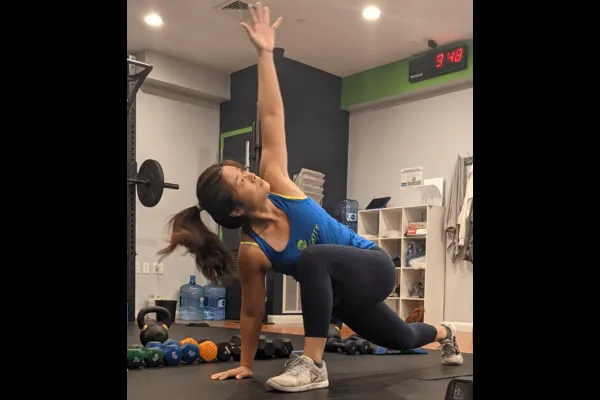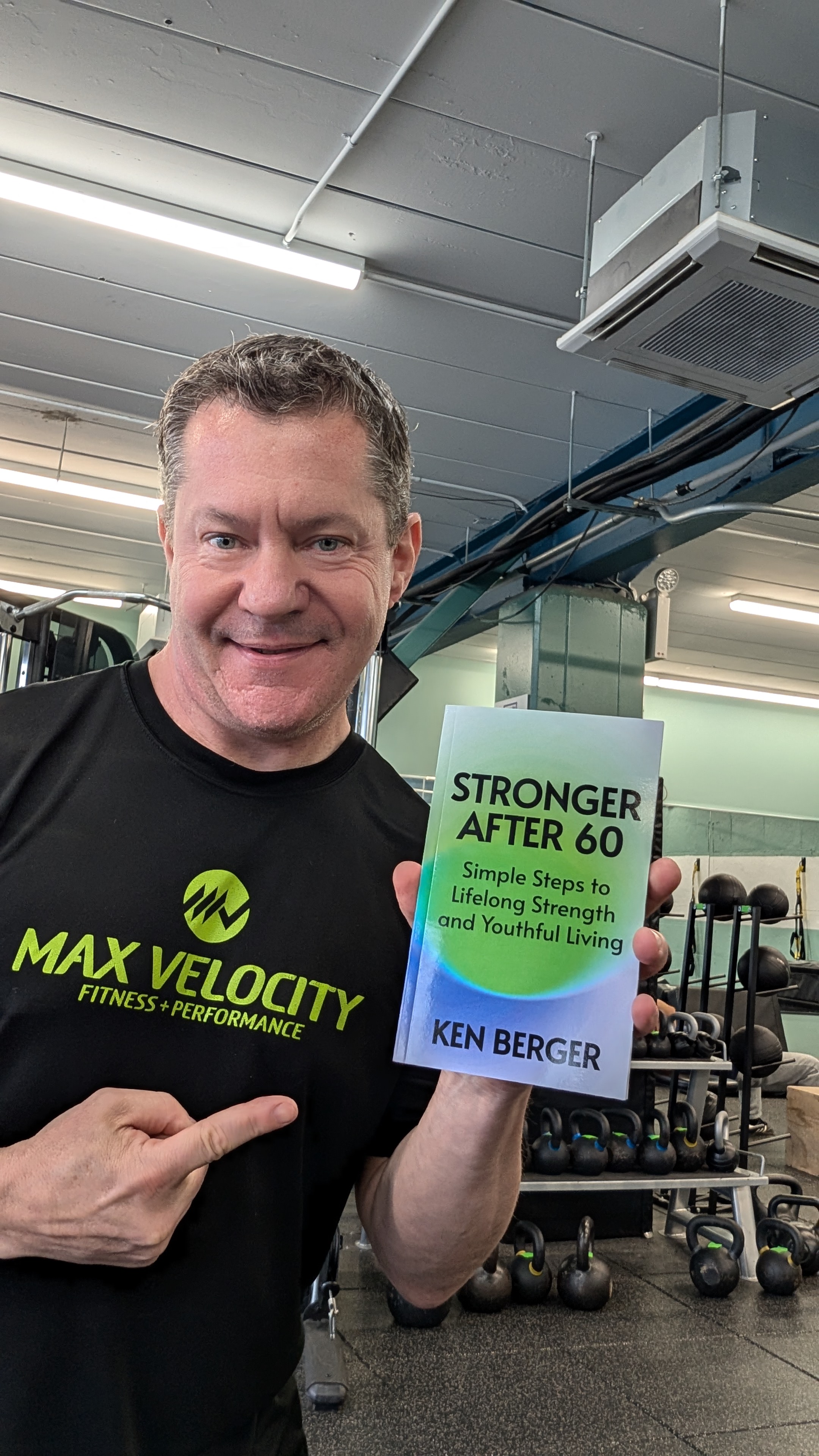

When is the best time to stretch?
By Ken Berger
When is the best time to stretch?
It's a question I get a lot. Many of my clients over 60 – who routinely experience joint stiffness and muscle tightness – have asked me, “Should I stretch before or after hitting the weights?”
First, let's clear the air on the difference between stretching and warming up, as there are two distinct types of stretching that serve different and very specific purposes in your training routine.
Dynamic stretching is my go-to before strength training. Picture moving into and out of positions – like bodyweight squats, lunges, good mornings, and shoulder stretches – instead of holding them. The goal here is to prep the joints and soft tissues, giving them a preview of the movements they're about to be asked to handle.
During this dynamic warmup, we're not just warming up the muscles. We're also elevating the heart rate, cranking up tissue temperature and waking up the central nervous system. And don't forget about activating the core; it's the key to moving those limbs safely.
Static stretching is the kind that lengthens muscles that might have tightened up due to all the contractions during your workout. The purpose of the cooldown is to bring down your heart rate and tap into the parasympathetic nervous system – the one that calms the body and mind – and let it kickstart the recovery process.

So, back to our original question: When is the best time to stretch? Well, it depends.
Dynamic stretching takes the spotlight in your warmup and before your strength training. Save static stretching for the post-workout cooldown to aid recovery.
It’s also worth pointing out the difference between stretching soft tissue and mobilizing your joints. Targeted joint mobilization exercises are key to making safe strength gains, especially for weightlifters who are 50-plus.
A joint mobility exercise is something you’d want to do before a specific weightlifting exercise to expand joint range of motion. Joint mobility will improve temporarily … as in, just in time for you to perform a specific exercise better and more safely.
One of my favorite shoulder mobility exercises is a perfect example: The banded overhead distraction. This is a great joint mobilization exercise to perform prior to doing any type of overhead press, because you will notice an immediate increase in your ability to achieve flexion and extension of the shoulder joint.
And while the improved joint range of motion for these exercises is temporary, there is also a cumulative effect if you perform these drills consistently. I recommend that all my clients who are 60 and up perform targeted joint mobilization exercises to improve range of motion, reduce stiffness and tightness and get stronger without pain.
–
If you’re over 60 and just can’t seem to find a fitness program that caters to your unique goals and needs, you should check out my new “Stronger After 60” program. I have 3 openings for people who want to reverse the aging process through strength training.
Would you be interested in learning more? I’ve opened up spots on my schedule for a few FREE Action Plan Calls. In this focused, 10-minute chat, we will identify your goals, eliminate your obstacles and create the roadmap that will lead to your success.
No risk or obligation … just me helping you on your journey to a better quality of life. You can grab one of the openings here.
Want To Learn More First? Download A FREE Copy Of My Best-Selling Book ... Stronger After 60!
My new best-selling book, Stronger After 60, is your ultimate guide to optimal health, fitness and longevity through the power of science and healthy habits.
Stronger After 60 will change the way you think about aging. This book is designed for real people who want simple solutions to maintain their strength and youthful energy while enjoying the best things in life without restriction. It’s your roadmap to longevity, wellness and enjoying your 60s and beyond like someone half your age.

And TODAY, You Can Get Your Very Own Copy of Stronger After 60 ... for FREE!
Just click the button below, fill out your info, and a copy of Stronger After 60
will be on its way to your inbox in seconds!
Don't miss out on this life-changing opportunity. Get your FREE copy of Stronger After 60 NOW.




